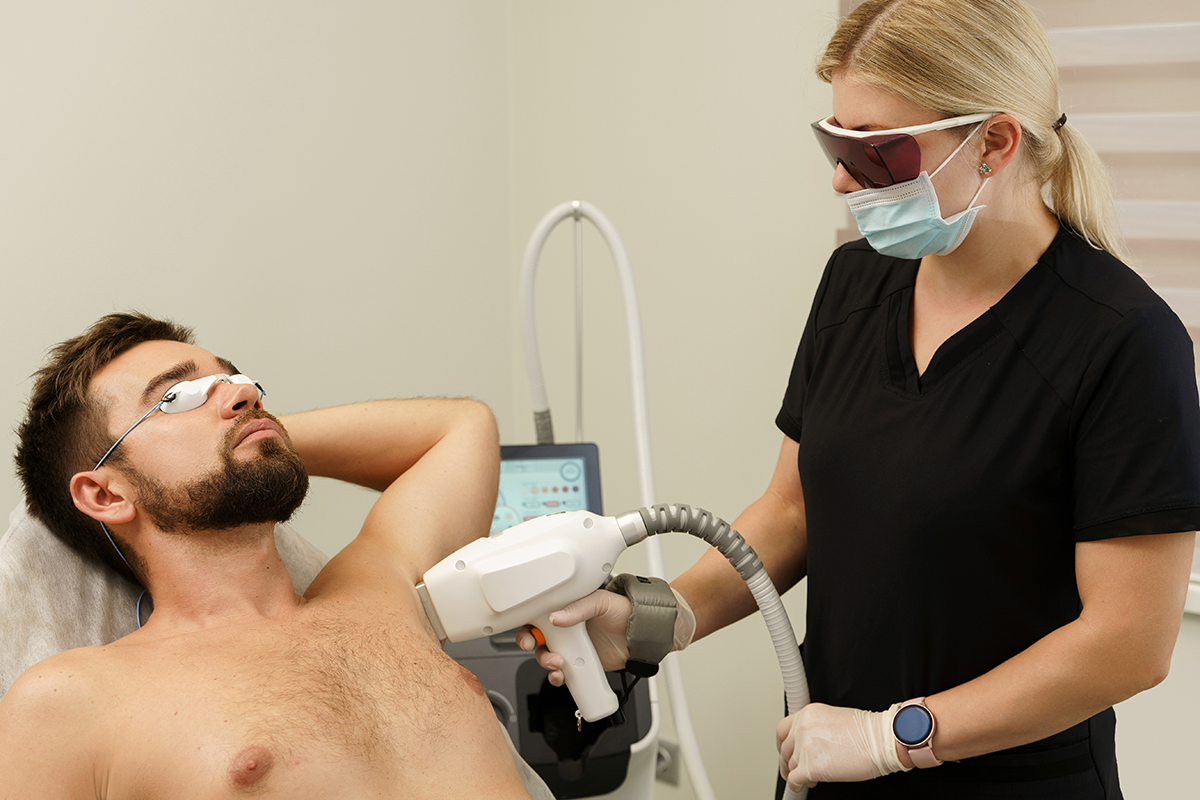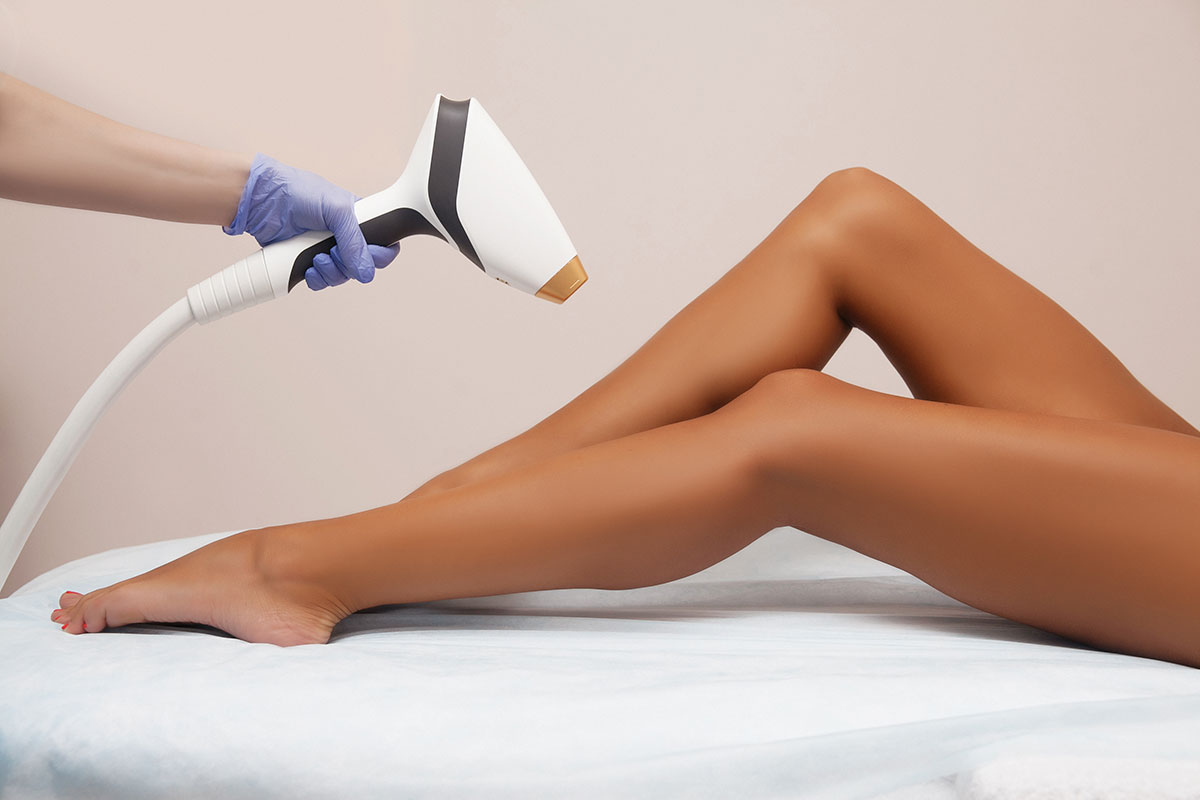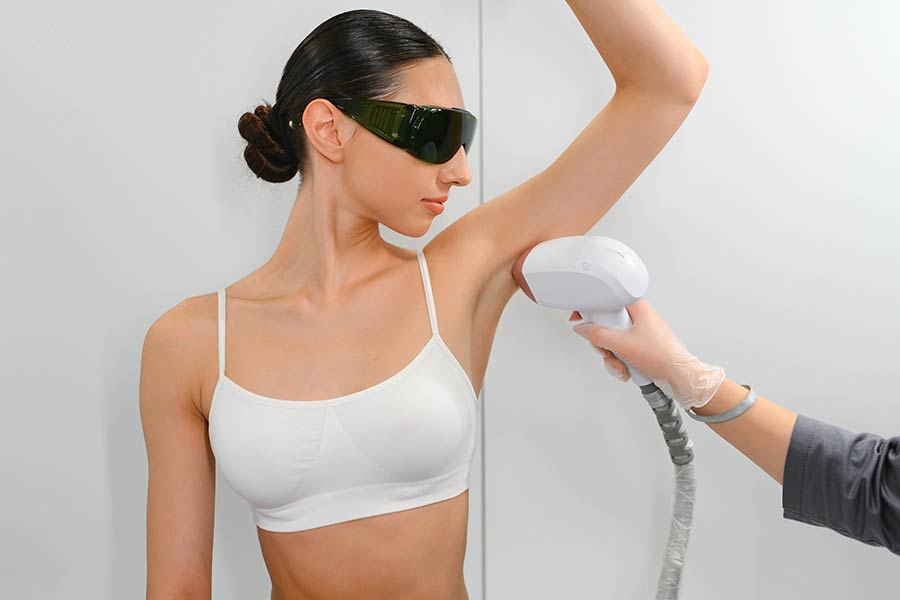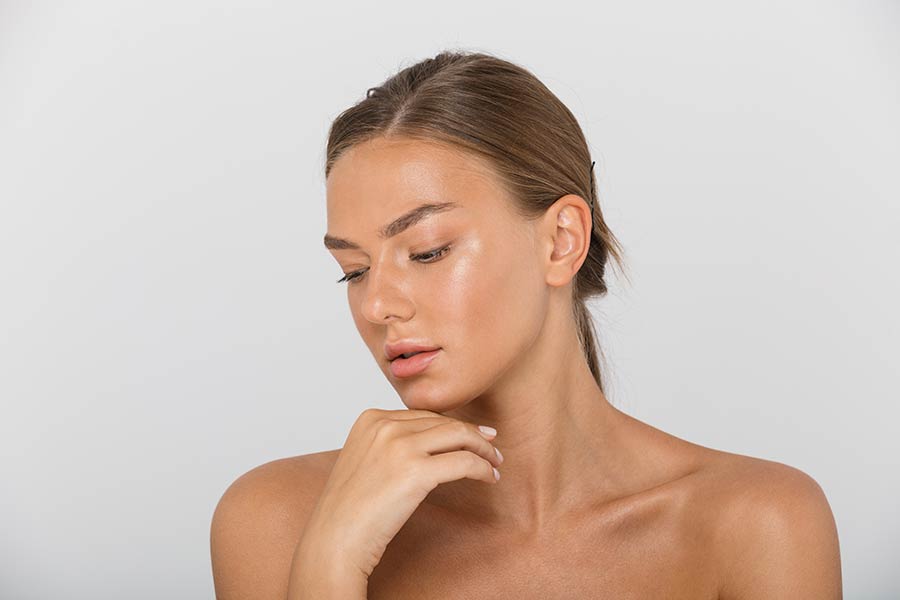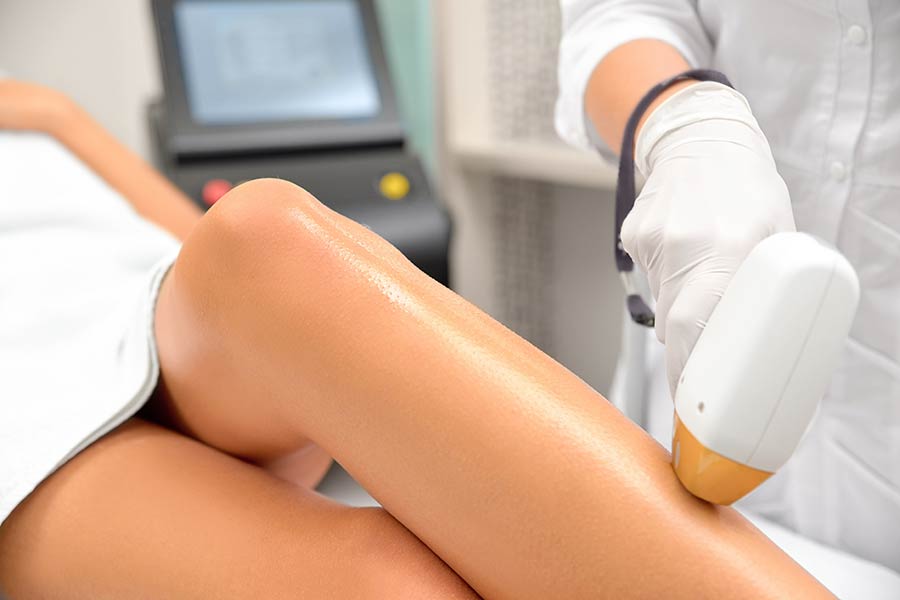Ever wonder about the journey to achieving that flawless, youthful skin look? It's no secret that dermal fillers have become a go-to solution for many seeking to diminish the signs of aging. The history of cosmetic enhancements dates back thousands of years, with modern advancements making procedures like fillers more accessible and effective than ever. However, navigating through the costs can be as puzzling as understanding the science behind them. This post aims to shed light on how much dermal fillers cost, breaking down the factors that influence pricing and offering insights into making informed decisions for your skincare investments. Let's dive into the world of aesthetics and uncover the financial aspect of turning back the clock on your skin.
Key Takeaways
- Dermal fillers can vary in cost, depending on what type you get and where you go.
- The price is not only about the filler itself but also the skill of the person doing the injection.
- Extra fees can pop up, like consultation charges, so ask about all costs upfront.
- Setting a budget for fillers is smart. Think about how much you can spend before you start.
- Cheaper isn't always better. Paying a bit more might mean better results and safer procedures.
- Plan your filler treatments as an investment in yourself. Think about both the costs and benefits.
Understanding Dermal Fillers
Types of Fillers
Dermal fillers help reduce signs of aging. They come in various types. Hyaluronic Acid (HA) is popular for its hydrating properties. It smooths wrinkles and adds volume to the skin. HA lasts from six months to a year before the body naturally absorbs it. Side effects may include redness and swelling.
Calcium Hydroxylapatite (CaHA), found in our bones, targets deeper lines and volume loss. It also stimulates natural collagen production. CaHA can last up to 18 months. Patients might experience minor discomfort post-treatment.
Poly-L-lactic Acid (PLLA) is a synthetic filler that corrects shallow to deep facial wrinkles. Its results are not immediate but emerge gradually as it boosts collagen production over time, lasting two years or more. Bruising can occur.
Polymethylmethacrylate (PMMA) is a semi-permanent filler used for deep wrinkles, scars, and thin lips. It contains microspheres that remain beneath the skin indefinitely, providing continuous support. Side effects include injection site reactions.
Each type addresses different concerns like wrinkles, volume loss, and skin texture changes with varying longevity and potential side effects.
Application Areas
Fillers are versatile in application areas including lips, cheeks, nasolabial folds, and under eyes. The choice of area significantly influences the type of filler used due to differences in skin thickness and desired outcomes.
For instance, HA fillers are preferred for lips for their soft consistency and natural feel, while CaHA might be chosen for cheeks due to its volumizing effect and longer duration.
The complexity of treatment and results depend on the targeted area's anatomical structure. Under-eye fillers require precision due to the delicate nature of the surrounding skin.
Benefits and Risks
Dermal fillers offer key benefits like immediate results, minimal downtime, and customization options allowing tailored treatments to individual needs.
However, they carry risks such as swelling, bruising, and rare but serious complications like vascular occlusion which can lead to tissue damage if not promptly addressed.
The importance of selecting a qualified provider cannot be overstated as it significantly minimizes risks associated with dermal fillers ensuring safe application and handling of any potential complications.
Factors Influencing Cost
Type of Filler
Dermal fillers vary in composition, affecting both their cost and application. Temporary fillers, often made from hyaluronic acid, last between 6 to 18 months. They are reversible, offering a safety net for those unsure about their choice. Semi-permanent fillers provide longer-lasting results but come with higher upfront costs and less reversibility.
Different fillers suit different skin types and areas. For instance, thicker fillers might be ideal for restoring volume to cheeks, while softer ones work best for delicate areas like the lips. This makes a consultation crucial. It helps tailor the treatment to individual needs, ensuring the right type of filler is chosen.
Treatment Area
The complexity of treatment varies by area. Lips, requiring precision for a natural look, may cost differently than cheeks that need more volume. The facial anatomy also plays a role in filler choice and application technique. Larger areas might need more filler, influencing the overall price.
A detailed understanding of facial anatomy ensures the correct application technique is used. This not only affects aesthetics but also safety and comfort during the procedure.
Provider Expertise
The provider's experience significantly impacts both safety and aesthetic outcomes of dermal filler treatments. Experts with specialized training in cosmetic dermatology or plastic surgery tend to charge more due to their expertise.
It's important to view before-and-after photos of similar treatments performed by the provider. This showcases their skill level and helps set realistic expectations for potential clients.
Geographic Location
Prices for dermal fillers can vary greatly depending on geographic location. Cities with higher living costs or greater market demand often have higher prices for cosmetic procedures.
Access to the latest products and techniques can also differ by location. Some may find traveling to a major city beneficial if local options are limited or outdated.
Breakdown of Costs
Filler Types and Prices
Different types of dermal fillers come with varying price tags. Generally, more permanent options are pricier. For example, hyaluronic acid fillers might range from $600 to $1,000 per syringe. Meanwhile, calcium hydroxylapatite could cost a bit more, due to its longer-lasting effects.
The brand of the product and whether it's FDA-approved also play significant roles in determining the price. Recognized brands that have undergone rigorous testing often command higher prices. However, you might find discounts when buying multiple syringes or opting for package deals offered by clinics.
By Treatment Area
The cost of dermal fillers also varies by treatment area. Smaller areas like lips might need less product, costing around $600 to $800. But larger areas or those requiring precision, such as the cheeks, can push costs upwards of $1,000 to $3,000.
The complexity of treating certain areas influences the price too. It's wise to inquire about package deals if you're considering enhancing multiple areas. This strategy can lead to significant savings.
Expertise and Pricing
Providers with years of experience and high demand usually charge more for their services. There's a direct correlation between a provider's expertise and the chances of achieving your desired outcomes with minimal risks. While it might be tempting to go for cheaper options, prioritizing quality and safety is crucial.
Choosing a provider should never be solely about finding the lowest price. Instead, consider their qualifications, reviews from previous clients, and before-and-after photos.
Location Variations
Your location significantly affects how much you'll pay for dermal fillers. Major cities with high living costs tend to have higher rates than smaller towns or rural areas. For instance, getting fillers in New York City or Los Angeles could be considerably more expensive than in other parts of the country.
Looking internationally can offer savings but requires careful consideration of travel expenses and differences in regulatory standards. To avoid surprises, research local market rates thoroughly to set realistic expectations for your budget.
Additional Costs
Initial Consultation
e providers might ask for a fee during the initial consultation. This fee often goes toward the cost of your treatment if you decide to proceed. The consultation is crucial for evaluating if the provider meets your needs. It's also the perfect time to discuss all possible expenses linked to your dermal filler procedure.
You should come prepared with questions about the treatment plan and its costs. This preparation ensures there are no surprises later on. Questions can include anything from the type of fillers used to the number of sessions needed.
Follow-up Treatments
For many, achieving the desired look with dermal fillers isn't a one-and-done deal. Follow-up treatments are usually necessary to maintain or enhance results. These additional sessions can significantly impact your overall expenditure on dermal fillers.
The frequency of these follow-ups will directly affect how much you end up spending in the long run. Some clinics offer discounts or loyalty programs for repeat treatments, so it's worth asking about these options during your consultation.
Maintenance Costs
Dermal fillers don't last forever, and regular maintenance sessions are essential to prolong their effects. These maintenance costs can add up over time, making it an important factor to consider when budgeting for cosmetic procedures.
The type of filler you choose also plays a role in determining how often you'll need maintenance treatments, which in turn affects cost. For instance, some fillers last longer than others but may be more expensive upfront. Integrating maintenance expenses into your initial budgeting process will help manage long-term financial expectations.
Budgeting for Fillers
Estimating Expenses
Creating a detailed budget is crucial when considering dermal fillers. It's not just about the initial treatment cost; follow-up sessions and ongoing maintenance also play a significant role in the overall expense. These treatments are not a one-time cost but an investment in your appearance over time.
You should also think about indirect costs. Time off work for recovery or travel expenses to see a preferred provider can add up. To avoid surprises, get quotes from multiple providers. This will give you a clearer picture of the financial commitment required.
Long-term Commitment
Dermal fillers require a long-term financial and time commitment to maintain their results. The effects of fillers are temporary, so plan for regular touch-ups. This means budgeting not only money but also time for appointments and recovery.
Understanding these ongoing expenses is vital. They can impact your budget significantly over time. Before starting treatments, evaluate your financial situation and personal priorities carefully. Ask yourself if you're ready for this commitment.
Finding Reputable Providers
Finding the right provider is as important as budgeting for the treatment itself. Use professional directories and read reviews to find qualified professionals in your area. Recommendations from friends or family who have had successful treatments can be invaluable.
The importance of choosing a provider with relevant certification and experience cannot be overstated. A reputable provider will ensure that you receive safe and effective treatment, which is ultimately a better investment.
Value vs. Price
Quality over Cost
Choosing a provider for dermal fillers should prioritize quality and experience over cost. Opting for cheaper options might save money initially but can lead to significant expenses later. Correcting poorly performed treatments often costs more than the original procedure. It's not just about the financial burden; it involves additional time, discomfort, and sometimes health risks.
Investing in a skilled provider ensures safe and effective results. These professionals use high-quality products and possess the necessary expertise to tailor treatments to individual needs. They also minimize the risk of complications, making the investment worthwhile.
Risks of Cheap Alternatives
The allure of low-cost dermal fillers can be tempting, but it comes with considerable risks. Unregulated products and unqualified providers offering bargain prices pose a serious threat to one’s health. These alternatives may lead to complications ranging from minor skin irritations to severe infections or allergic reactions.
Such complications not only jeopardize your health but also lead to higher costs for medical care or corrective procedures. The initial savings quickly become insignificant when faced with the potential need for extensive treatment to fix these issues. It's crucial to conduct thorough research and prioritize safety over saving money.
Planning Your Investment
Budgeting Tips
Creating a specific savings fund for cosmetic enhancements can make dermal filler treatments more manageable. It allows you to allocate funds over time without impacting your regular budget. This approach ensures that when the time comes, the cost isn't a shock to your finances.
Clinics often offer financing options or payment plans, making treatments accessible without upfront payment in full. Exploring these options can spread the cost over months, easing the financial burden.
Impulse decisions can lead to regret and financial strain. Waiting for clinics to offer promotions or discounts on dermal fillers is wise. These deals can significantly reduce costs, making it easier to afford your desired treatment.
Scheduling Sessions
The timing of dermal filler treatments is crucial for both financial and social reasons. Planning treatments around significant events or during downtime ensures you get the most out of the results. It also allows for recovery without impacting your social commitments.
For sought-after providers, booking appointments well in advance is essential. Their schedules fill up quickly, and securing a spot means planning ahead. This foresight not only guarantees you receive care from a preferred provider but also helps in managing your budget by allowing you to save towards the treatment.
Maintenance Planning
Regular consultations are key to tailoring maintenance plans for dermal fillers. As your body changes, so too might your treatment needs. These check-ins help adjust plans, ensuring optimal results over time.
Scheduling future appointments in advance secures availability with your chosen clinician and keeps your maintenance plan on track. It's a proactive step that ensures continuity of care and consistent results.
Keeping a record of treatment dates and outcomes is beneficial for long-term planning. This log assists in making informed decisions about future treatments and budgeting accordingly.
Closing Thoughts
Deciding to invest in dermal fillers is a big step towards enhancing your appearance and confidence. We've walked through what they are, the costs involved, and how to budget for them. Remember, the value they bring goes beyond just price. It's about feeling great in your skin. Planning your investment wisely ensures you get the most out of this commitment without breaking the bank.
Now's the time to take action. Reach out to a trusted professional to discuss your options and make an informed decision that fits your budget and goals. Your journey to a more confident you starts today.
Frequently Asked Questions
How much do dermal fillers typically cost?
The cost of dermal fillers varies widely based on type, area treated, and geographical location, but on average, you can expect to spend between $600 and $1,000 per syringe.
What factors influence the cost of dermal fillers?
Several factors affect the cost including the type of filler used, the volume needed for your desired result, the practitioner's experience, and the geographic location of the clinic.
Are there any additional costs associated with dermal fillers?
Yes, additional costs may include consultation fees, follow-up visits, and potential touch-ups. It's important to discuss these with your provider beforehand.
How can I budget for dermal filler treatments?
Start by consulting with a qualified professional to get an accurate estimate based on your goals. Then, consider any potential additional costs and plan accordingly.
Is it worth paying more for dermal fillers?
While price is an important factor, focusing on value—such as the expertise of the injector and quality of the product—is crucial for safety and satisfaction.
How should I plan my investment in dermal fillers?
Research reputable providers, understand all associated costs upfront, and consider long-term maintenance when planning your investment in dermal fillers.











